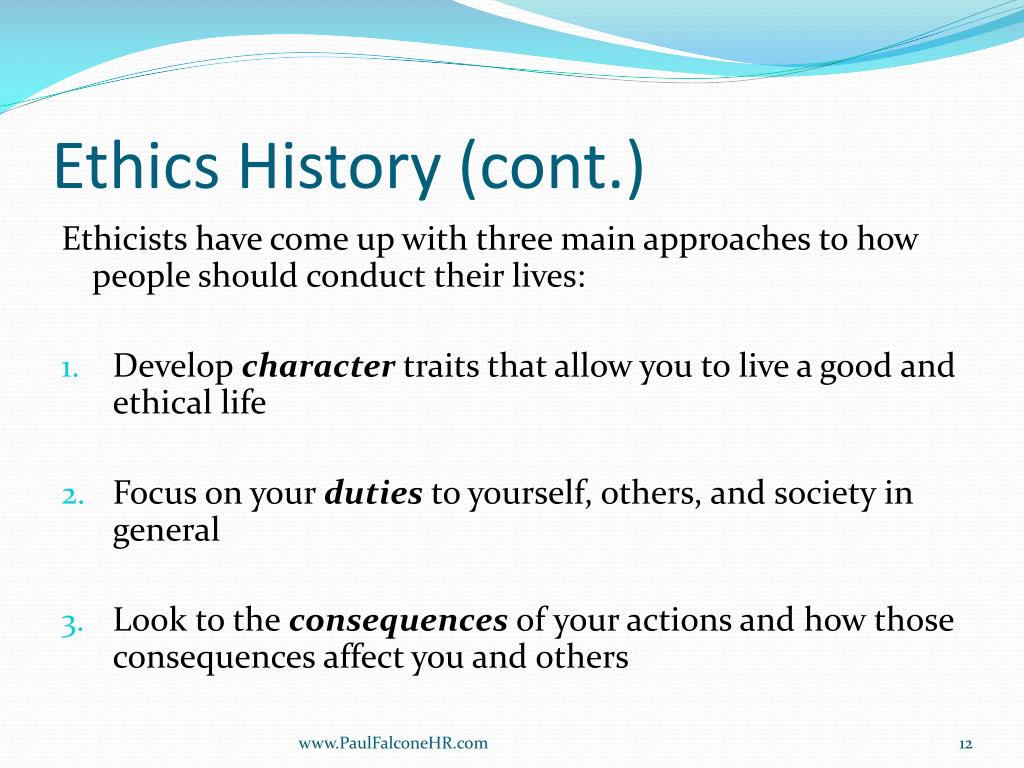
You’ll find the juicy section on positive action at 12.1.
#The preferential treatment of a protected group is code#
The Employment: Statutory Code of Practice, which comes straight from the Human Rights Commissioner, has clear examples. Employers can actively encourage people with protected characteristics to apply to their company. Positive action is a way of changing society for the better, by making it more equal. So, next question, what’s positive action? Differences between positive action and positive discrimination It’s actually a case of what is known as positive action. The third example is not positive discrimination. Another example could be religious schools. The second example is covered by the Equality Act of 2010 – which states that some forms of discrimination are allowed if they are needed for the way the organisation works. Only the first example is actually a case of positive discrimination. Your profession has very few women, so you run an open day for women to raise awareness about the industry.You run a women’s shelter and only hire female staff.You hire the person with a protected characteristic, even though they are not suitable for the job. is a person of colour, and you need to employ more people from non-white backgrounds) but is far less qualified than the other. Two people are being interviewed for a position – one has a protected characteristic which you have a quota to fill (e.g.Let’s set out a few scenarios to demonstrate what positive discrimination might look like: But what happens when you favour someone because of their protected characteristics? We’ve eight years to get clued up on what discrimination is and its implications. The Equality Act that defined these characteristics was passed in 2010.

Most people – most – are clued up on why protected characteristics should not be discriminated against. The point is here is that no matter who you are, these aspects of your person cannot be considered. From Boris Johnson to Borat, everyone has a race, a sexual orientation and a marital status. Protected characteristics apply to everyone. religion, belief or lack of religion/belief.race including colour, nationality, ethnic or national origin.being married or in a civil partnership.These are (taken directly from the government website): In clear terms, they say that there are ‘protected characteristics’ that cannot affect anyone’s chance of getting a job, an education, a house or a service. To make sure that there’s no confusion, the government have taken out all the legwork and have outlined everything you need to know on their website. You might ask, favouring someone based on a protected characteristic? What does this mean in practice? Let’s make like enzymes and break that starchy info down into sweet, digestible sugar. What are protected characteristics in recruitment? When it comes to employment, whether it’s hiring, firing, promoting, or generally interacting with your employees, positive discrimination is seen as wrong and, what’s more, is illegal. However, the positive discrimination she refers to is on a societal level. There is, undeniably, a culture of othering that exists towards disabled people, exemplified by the idea that they are emotionally “fragile”. Melanie Reid, a Times columnist who was left tetraplegic after a riding accident, wrote about the frustrations of positive discrimination: "Does the world have to be nice to those of us in wheelchairs"? She asked.

Is positive discrimination legal in the UK? To this day the impact of positive discrimination in South Africa is hotly debated. It gained prevalence as an idea in post-apartheid South Africa, formally known as Black Economic Empowerment, as a way of re-introducing Black South-African’s into a job market that they had been totally excluded from.


 0 kommentar(er)
0 kommentar(er)
